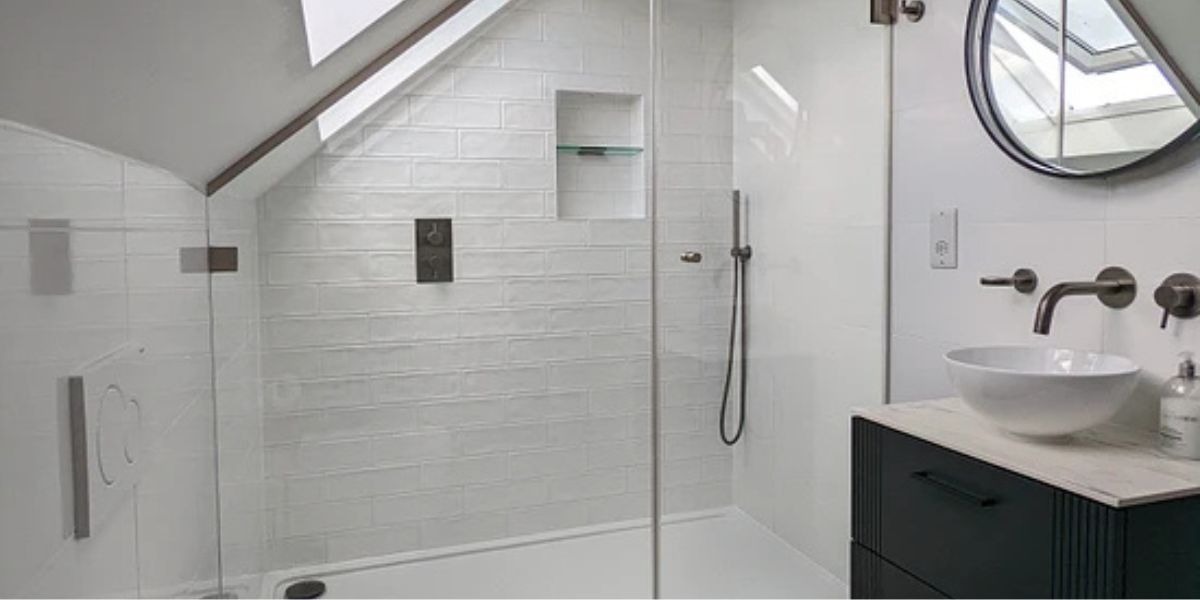
The Science Behind Water-Saving Toilets: Tech Insights
Share
In our modern world, where technology and sustainability are increasingly intertwined, understanding the science behind water-saving toilets becomes essential. These innovative fixtures are not only a testament to engineering brilliance but also a step toward a more sustainable future.
For the tech-savvy audience, the mechanics and technological advancements of water-saving toilets offer a fascinating glimpse into how small changes in our everyday devices can lead to significant environmental impacts. The integration of technology in toilet design has revolutionized how we think about water conservation, making it a pertinent topic for tech professionals and enthusiasts alike.

The Mechanics of Water-Saving Toilets
At the core of water-saving toilets is a focus on reducing water usage without compromising performance. Traditional toilets can use up to 7 gallons per flush, while modern water-saving alternatives use as little as 1.28 gallons. This reduction is achieved through a combination of design innovations and advanced technologies.
One of the key technologies is the dual-flush system, which allows users to choose a lower volume flush for liquid waste and a higher volume flush for solid waste. This system significantly reduces the amount of water used per flush, leading to substantial savings over time. For more detailed insights into how dual-flush systems work, you can explore this article on dual-flush toilets.
Innovative Technologies Driving Efficiency
Beyond dual-flush systems, other technologies contribute to the efficiency of water-saving toilets. Pressure-assisted flushing is one such technology. Instead of relying solely on gravity, these toilets use pressurized air to enhance the force of the flush, thereby using less water while maintaining or even improving flushing performance.
Additionally, vacuum-assisted toilets utilize a vacuum chamber to create a powerful siphon effect, reducing water usage further. These systems are increasingly common in commercial settings, showcasing their effectiveness in high-traffic areas.
Smart Integration in Water-Saving Toilets
The integration of smart technology in toilets is another frontier that excites tech enthusiasts. Smart toilets are equipped with sensors that detect the type of waste and automatically adjust the flush volume accordingly. Some models also feature self-cleaning capabilities, deodorizing functions, and even heated seats, all while maintaining a focus on water conservation.
These advancements not only provide a luxurious experience but also emphasize efficiency and sustainability, making them a popular choice in smart homes. To learn more about smart home gadgets, including efficient toilets, check out this list of energy-efficient gadgets.
Environmental and Economic Impacts
The environmental benefits of water-saving toilets are significant. According to the Environmental Protection Agency (EPA), if every home in the United States replaced old toilets with a water-efficient model, it would save nearly 520 billion gallons of water annually. Such savings not only mitigate water scarcity issues but also reduce the energy required for water treatment and transportation.
Economically, these toilets offer long-term savings on water bills. While the initial investment may be higher, the reduction in water usage leads to lower utility costs, making them a cost-effective option in the long run. For a comprehensive understanding of the economic benefits, the EPA's WaterSense program provides valuable insights.
Choosing the Right Water-Saving Toilet
When selecting a water-saving toilet, it's essential to consider factors such as flush performance, water usage, and additional features like smart technology integration. Researching and comparing models can help ensure that you choose a toilet that meets your needs and contributes to environmental sustainability.
For those interested in a detailed comparison of high-efficiency toilets, this guide on high-efficiency toilets is an excellent resource.
Conclusion
The science behind water-saving toilets highlights the intersection of technology and sustainability. For tech professionals and enthusiasts, these innovations offer a glimpse into how everyday objects can evolve to meet the challenges of modern living. As we continue to advance in our understanding and application of these technologies, we move closer to a more sustainable future.

FAQ Section
What is a dual-flush toilet?
A dual-flush toilet is designed to allow users to choose between two different flush volumes, one for liquid waste and a more substantial flush for solid waste, significantly reducing water usage.
How do pressure-assisted toilets work?
Pressure-assisted toilets use pressurized air to increase the force of the flush, using less water while maintaining effective waste removal.
Are smart toilets worth the investment?
Smart toilets offer advanced features like self-cleaning and automatic flushing, which can improve efficiency and user experience. While they may be more expensive upfront, their long-term benefits in water conservation and convenience can make them a worthwhile investment.
This article contains affiliate links. We may earn a commission at no extra cost to you.
